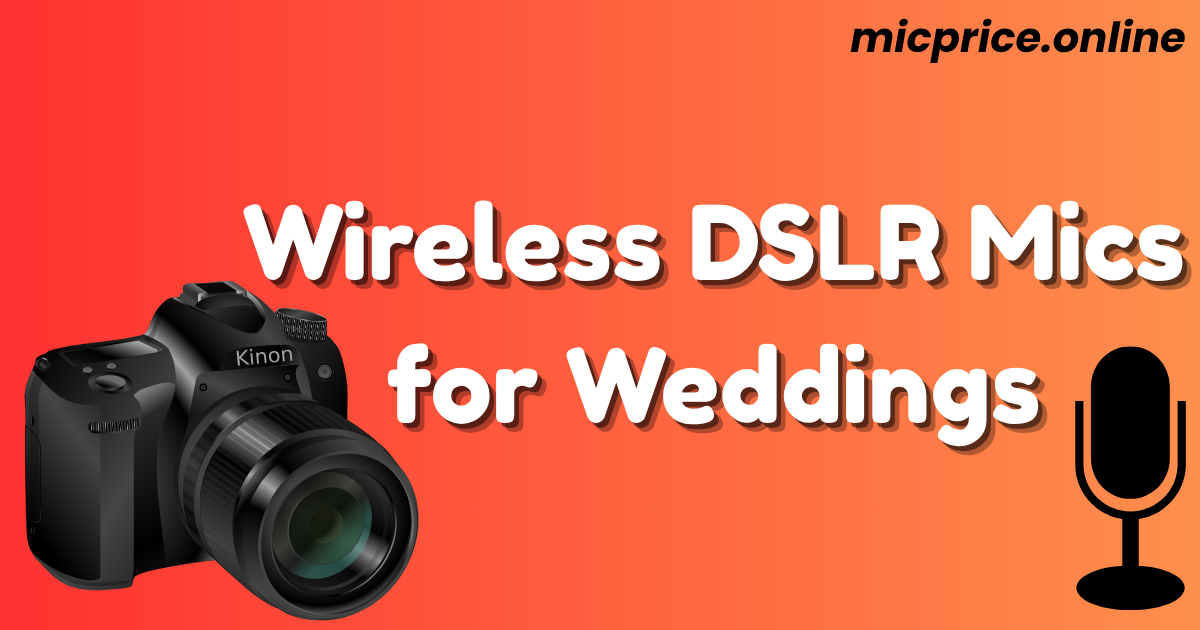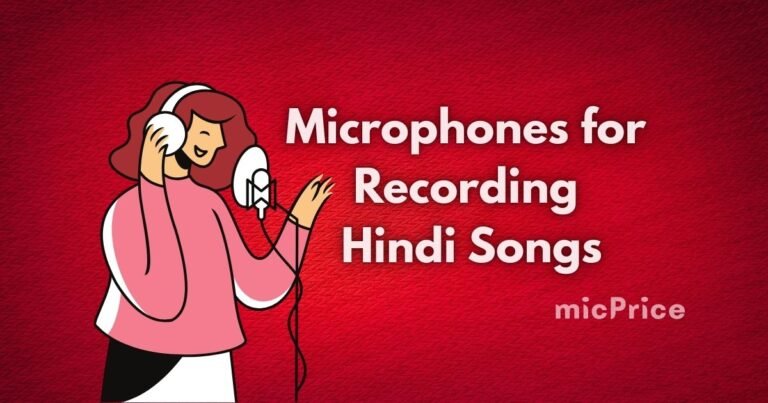My Take on Wireless DSLR Mics for Weddings: Find Best!
Picture this. The bride walks down the aisle, her veil slightly fluttering in the breeze. The groom’s eyes well up. The officiant starts speaking softly. Guests hold their breath.
And then… your mic cuts out.
Yeah. Been there, done that. Let me tell you – there’s no bigger gut punch for a wedding filmmaker than missing that raw emotion because your audio gear failed.
Now, here’s the thing. Over the past eight years, shooting weddings across humid beaches in Goa, candle-lit banquet halls in Mumbai, and freezing hilltop venues in Lonavala, one thing’s become crystal clear to me:
Audio is half your film.
And for that, a solid wireless DSLR mic for weddings isn’t a luxury – it’s survival gear. Today, I’ll walk you through exactly what I’ve learned – the gear, the fails, the wins, and little insights that only come from lugging wireless kits across 150+ wedding shoots.
We’ll talk about:
- Why going wireless is non-negotiable for weddings
- My personal favourite wireless mic systems (and honest gripes)
- Real examples of how wireless mics saved (or almost ruined) my shoots
- Actionable tips to nail a clean, reliable wedding audio
Sounds good? Let’s dive in.
Contents
- 1 Why Wireless Mics Are the Unsung Heroes of Wedding Films
- 2 How to Choose Wireless DSLR Mics for Weddings
- 3 Best Wireless DSLR Mics for Weddings: Personal Favorite
- 4 Real Moments: When Wireless Mics Saved My Shoot
- 5 Actionable Tips for Using Wireless Mics in Weddings (That’ll Save You Headaches)
- 6 The Future of Wireless Wedding Mics (And What Excites Me)
Why Wireless Mics Are the Unsung Heroes of Wedding Films
I’ll be blunt: if you’re still relying on your DSLR’s internal mic or a shotgun mounted on top… you’re missing 70% of the magic.
Here’s what I mean.
The Real Wedding Chaos
Weddings are unpredictable. People move around. The priest speaks softly. The groom whispers his vows. The bride laughs while looking away. Your camera position constantly changes.
A wireless mic system – whether it’s a lapel mic hidden under the groom’s tie or clipped to the officiant’s robe – lets you capture every little word and whisper, without chaining yourself to a tripod six inches from their face (which, trust me, makes guests very uncomfortable).
In my professional experience, here’s what wireless mics truly unlock:
Freedom of camera movement. Pan, glide, or gimbal around without losing audio.
Natural sound. Vows, speeches, and quiet reactions are clean and intimate.
Redundancy and backup. Even if your shotgun misses something, your laser saves it.
Professional polish. Couples may forgive slightly shaky footage, but poor audio screams “amateur.”
But wait, there’s more to consider, right?
Absolutely. Not all wireless systems are created equal, especially when it comes to managing wedding chaos.
How to Choose Wireless DSLR Mics for Weddings
Let me tell you about the time my cheap wireless mic cost me a teary bride’s vows.
Back in 2016, I bought a “budget” no-brand wireless kit off Amazon. It was my second wedding gig. Everything looked fine… until I got back home to edit. Static. Dropouts. Random pops. Her vows were unusable.
I had to replace her RealAudio with soft piano music and subtitles. She was gracious about it, but I was gutted.
Here’s what I learned the hard way:
1. Prioritize Reliability Over Specs
Fancy frequency ranges mean nothing if the mic drops out mid-vow. Brands like Rode, Sennheiser, DJI, and Sony have proven reliability. They cost more upfront but save your reputation (and your clients’ once-in-a-lifetime memories).
2. UHF vs 2.4GHz: Real Talk
You’ve likely encountered this debate. UHF systems (like Sennheiser G4) operate on traditional wireless bands with solid range but require frequency management (especially in big hotels with heavy wireless traffic). 2.4GHz systems (like Rode Wireless GO II or DJI Mic) are plug-and-play, globally license-free, and great for quick setups, but crowded WiFi environments can cause interference.
In my experience, 2.4GHz is perfect for run-and-gun wedding shoots, while UHF is gold for multi-cam, multi-mic setups where stability is mission-critical.
3. Form Factor Matters
You’re pinning these mics onto grooms, priests, and speakers who care more about looking perfect than your audio needs. Bulky transmitters under a fitted sherwani? Nightmare.
My go-to solution: Rode Wireless GO II or DJI Mic. Tiny, reliable, quick to hide.
Best Wireless DSLR Mics for Weddings: Personal Favorite
Here’s what’s in my wedding audio bag right now, and why each earns its place:
🎤 1. Rode Wireless GO II
- What I love: Compact size, dual-channel recording, built-in backup recording (saved me twice when my receiver connection glitched).
- Real-life use: I mic both bride and groom (or groom and officiant) with one system, recording them as separate channels for easy editing.
- My gripe: Wind noise can be tricky outdoors, so always use the included fluffy windshields.
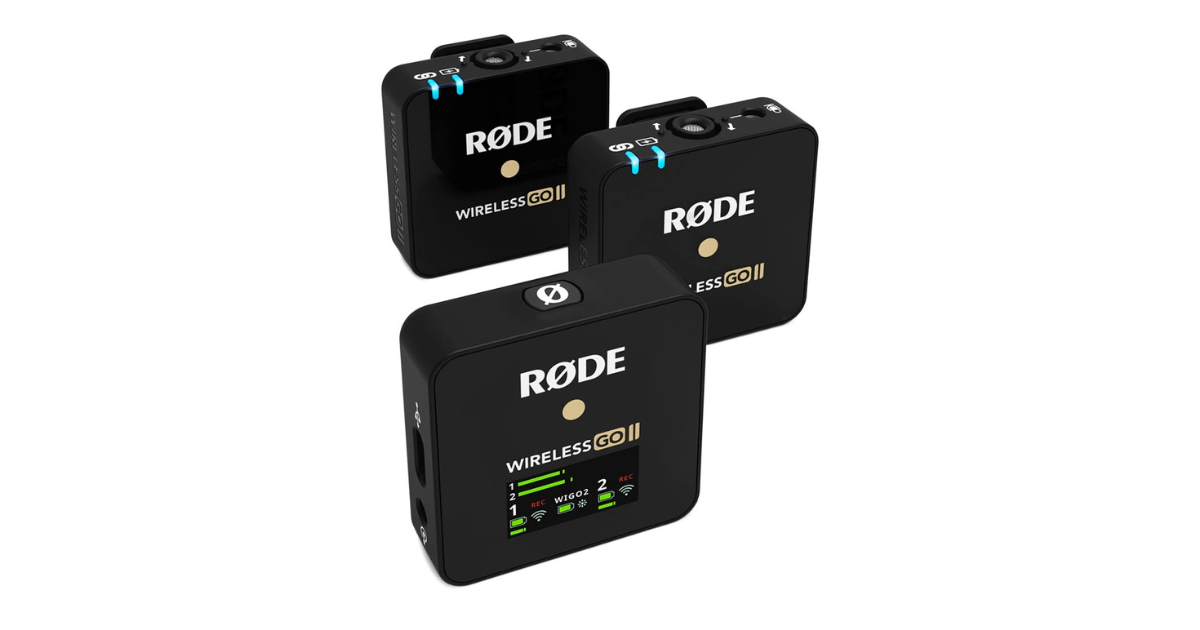
🎤 2. DJI Mic
- What I love: Excellent build quality, touchscreen receiver for quick control, great charging case.
- Real-life use: Shot a breezy beach wedding last December – DJI Mic handled wind rejection slightly better than Rode.
- My gripe: The clip is strong but slightly bulkier than Rode for very thin fabrics.
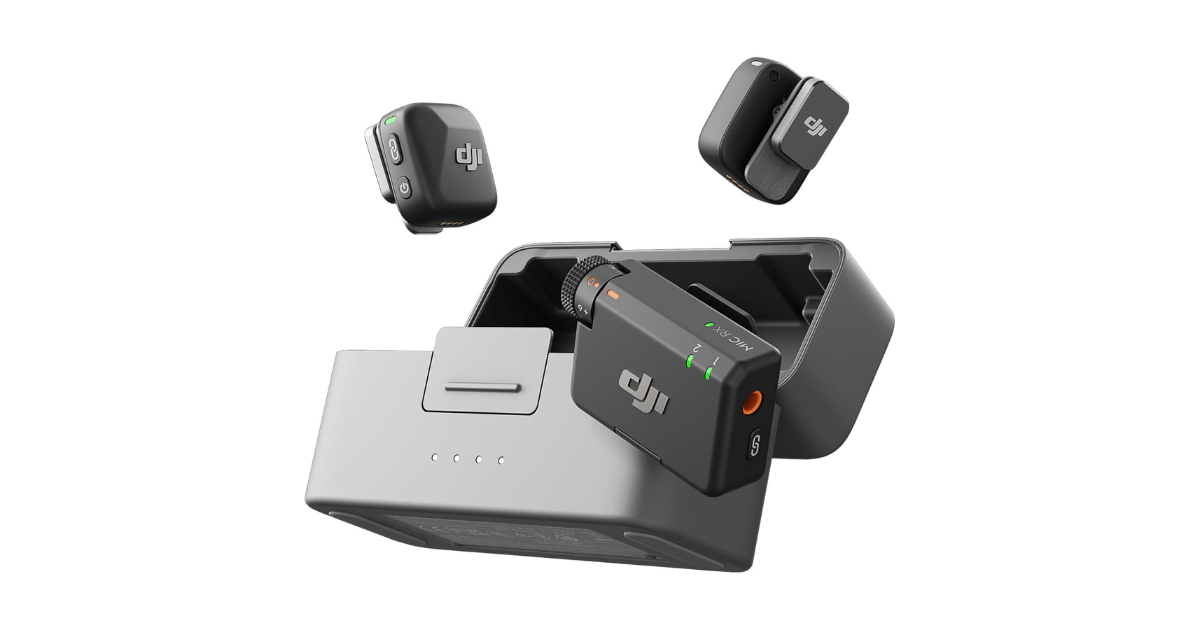
🎤 3. Sennheiser EW 112P G4
- What I love: Legendary reliability, solid UHF performance, pro-level build.
- Real-life use: Used for a three-camera setup with an external audio recorder during a cathedral wedding in Pune. Zero dropouts in thick stone walls.
- My gripe: Bulkier transmitters need frequency coordination.
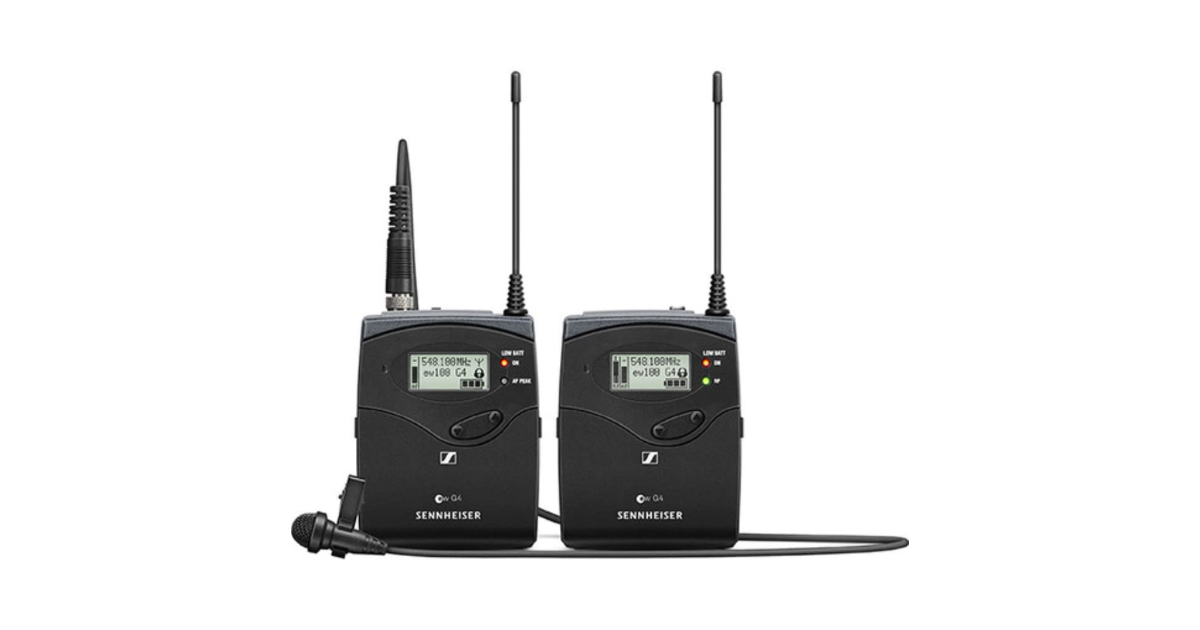
Real Moments: When Wireless Mics Saved My Shoot
Let me share two quick stories that cemented my faith in good wireless mics:
📝 Story 1 – Rooftop Sangeet Chaos
Shooting a rooftop Sangeet in Bandra. DJ speakers blasting, 200+ guests dancing, MC announcements non-stop. My camera shotgun was unusable. But my Rode Wireless GO II, clipped discreetly onto the MC’s suit pocket, gave me crystal-clear audio for the highlights edit. Saved me hours of subtitle guesswork.
📝 Story 2 – Windy Beach Vows
Bride and groom reading vows on a beach in Alibaug. Wind howling, ocean roaring. Their voices were inaudible on the camera mic. But the DJI Mic, tucked inside the groom’s kurta placket with foam and windshield, recorded perfect vocals with minimal wind rumble. Honestly, I was impressed.
Aslo Read: The Best Wireless Microphones in India: Check it out!
Actionable Tips for Using Wireless Mics in Weddings (That’ll Save You Headaches)
Always carry backup mics. I never go without a wired lavalier in my bag. If wireless fails, wired saves.
Test before the ceremony. Interference check, battery levels, input gain – set and forget only after a live test.
Tape down lapel mics securely. Use medical tape or Moleskine under fabric to prevent rustling noises.
Record a secondary audio source. Even if it’s your shotgun mic on camera. Redundancy = peace of mind.
Scan frequencies (for UHF systems). Don’t rely on auto-scan. Manual scanning ensures no hidden interference.
Use dead cats outdoors. Wind shields look silly, but save audio. Couples won’t notice them hidden under fabric.
Always monitor audio. Keep headphones on while setting up. I learned this the hard way when a mic’s battery died mid-ceremony without me realising.
The Future of Wireless Wedding Mics (And What Excites Me)
Recently, systems like Hollyland Lark Max and DJI Mic 2 have emerged with advanced features – active noise cancellation, internal recording, and ultra-low latency. As wedding filmmakers, these upgrades mean cleaner sound in chaotic environments, lighter gear bags, and far less stress.
I’ve also seen some peers experimenting with timecode-synced multi-recorder setups for large wedding shoots, enabling seamless post-sync. If you’re scaling into cinematic wedding filmmaking, it’s worth exploring.
Final Thoughts: Audio is 50% of Emotion – Don’t Cut Corners
If there’s one takeaway I’d leave you with today, it’s this:
Invest in your wireless mic system as seriously as your lenses or gimbal.
Because that teary vow, that whispered promise, that father’s emotional toast – they’re what make the wedding film timeless. Clients might not know why your film feels so intimate, but clean, close, reliable audio is the secret ingredient.
In my experience, gear fails when you skimp on quality. I learned it the hard way with that Amazon no-brand system years ago. Don’t repeat my mistakes.
So, what’s your go-to wireless mic setup for weddings? Have you faced nightmare interference or dropouts before? I’d love to hear your stories and hacks – after all, we’re all learning together in this mad, beautiful world of wedding filmmaking.
